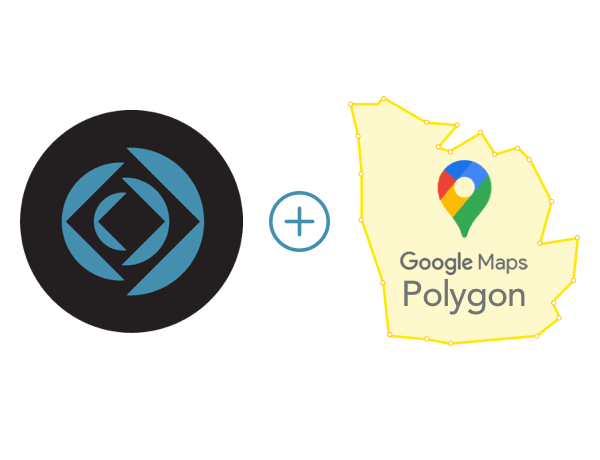This concept of integration goes past a easy map. We will construct dynamic content that gives you analytics primarily based completely on geospatial information, combining FileMaker scripting with computer skills and Google Maps API abilties. Here’s the way it’s performed.
1. Creating your FileMaker Database
Start by way of populating the FileMaker database with fields for adjoining records, as well as addresses, coordinates (types and lengths), and any related records (e.G., earnings information, provider requests ).
Sample locations:
1.cope with
2.Latitude to be had
3.Different countries in extraordinary countries
4.The sale of cash
5.Service Request Type
2. Obtaining Google Maps API Key
To use Google Maps functions, you’ll want an API key. Sign up for Google Cloud and permit the Maps JavaScript API and Geocoding API. This key will be used to authenticate requests out of your FileMaker solution.
3. Creating the Mapping Layout in FileMaker
Design a layout in FileMaker to show the map. This format will encompass a Web Viewer object in which the map might be rendered. Set up the Web Viewer to apply HTML and JavaScript code for Google Maps.
<!DOCTYPE html>
<html>
<head>
<title>FileMaker and Google Maps Integration</title>
<script src="https://maps.googleapis.com/maps/api/js?key=YOUR_API_KEY"></script>
<script>
function initMap() {
var mapOptions = {
zoom: 10,
center: { lat: -34.397, lng: 150.644 }
};
var map = new google.maps.Map(document.getElementById('map'), mapOptions);
// Add markers from FileMaker data
var locations = [ /* Data from FileMaker will go here */ ];
for (var i = 0; i < locations.length; i++) {
var marker = new google.maps.Marker({
position: new google.maps.LatLng(locations[i].lat, locations[i].lng),
map: map,
title: locations[i].title
});
}
}
</script>
</head>
<body onload="initMap()">
<div id="map" style="height: 500px; width: 100%;"></div>
</body>
</html>
Replace YOUR_API_KEY with your actual Google Maps API key.
4. Fetching and Sending Data to Google Maps
In FileMaker, use a script to fetch place statistics and pass it to the Web Viewer. This can be performed by means of:
1-Creating a script that exports records from FileMaker to JSON layout.
2-Embedding this JSON data into the HTML template this is rendered inside the Web Viewer.
Set Variable [$jsonData; Value: JSONSetElement ( "{}"; "locations"; YourTable::Locations ; JSONArray )]
Set Web Viewer [ Object Name: "map" ; URL: "data:text/html;charset=utf-8," & GetAsURLEncoded ( YourHTMLTemplate & $jsonData )]
5.Creating Dynamic Reports Based on Map Data
To create dynamic reports, use FileMaker’s effective reporting tools to generate summaries or analyses based totally on the places displayed at the map. For instance:
Sales Heatmaps: Show income overall performance with the aid of geographic vicinity.
Service Request Distribution: Visualize the density of service requests.
You can gain this by using filtering and summarizing facts inside FileMaker and updating the map for that reason.


